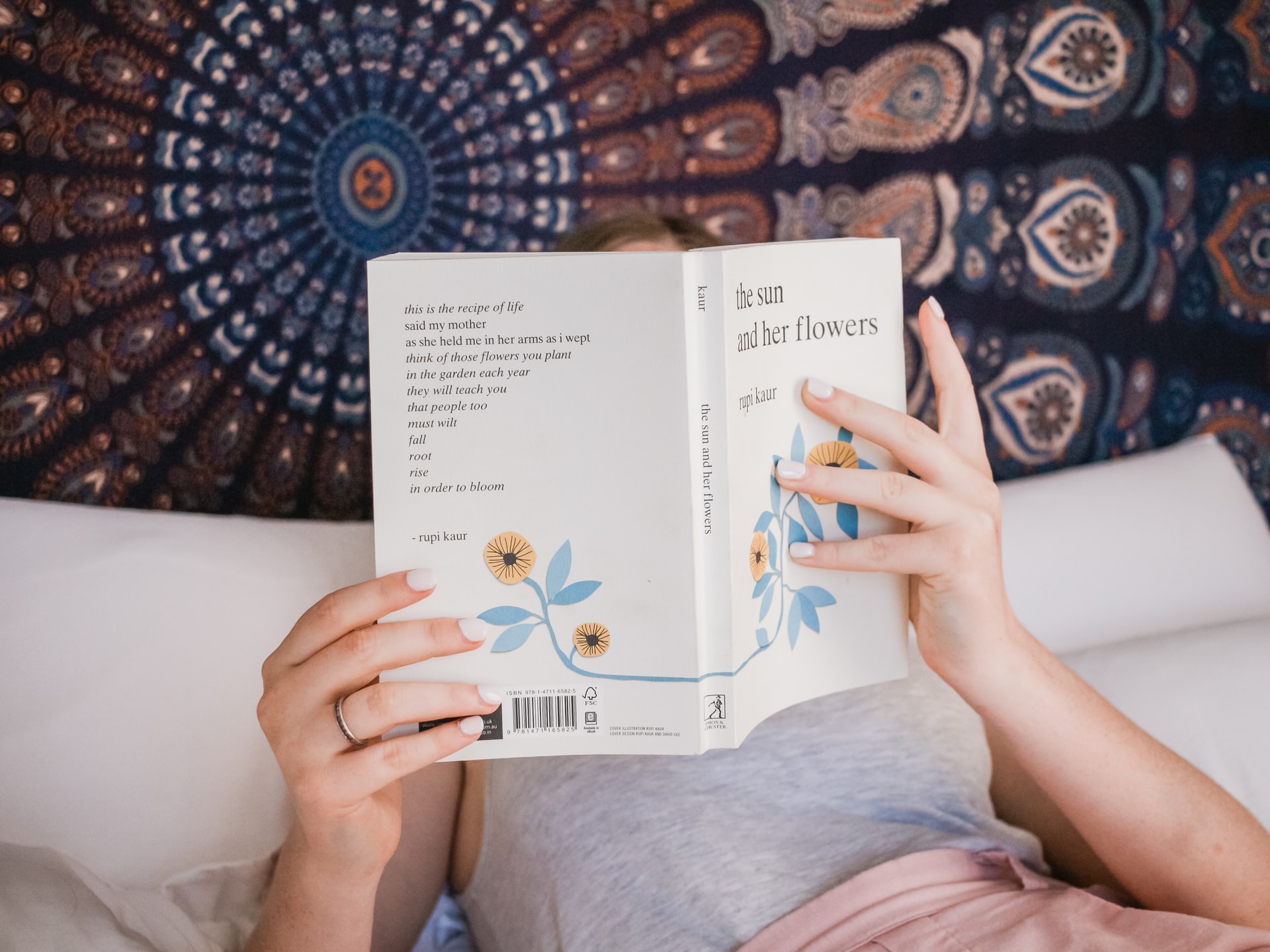A trigger is defined as an event that kicks off the automatic urge to complete a habit. People might think of triggers as a major life event. However, that’s not necessarily the case as it relates to habits. A trigger can be something so small, you don’t even recognize it. But, as small as they can be, identifying the triggers are an important part of changing your habits. Habits are said to form in what’s known as a habit loop. A habit loop is a neurological loop that consists of three parts; a trigger, a behavior and a reward. If breaking a bad habit is your goal, you must first identify the triggers and ultimately try to avoid or negate them.
In order to identify what triggers your bad habits, you need to make a habit log. Write down all of your activities for a week including time of day and where you are during the activities. After completing the log for a week, you will need to analyze your habits. Next, decide what bad habit you’d like to change. Now that you understand what habits you have and what habits you want to change, you can begin to identify what triggers the habit.
Identifying the triggers requires a bit of self-reflection. Let’s imagine the habit you’d like to change is nail biting. Think about where you were when you logged the times you bit your nails. Is there a commonality? A location could be the trigger, such as driving in the car. Also think about how you were feeling directly before the behavior. For example, were you stressed because you were thinking about work? Most likely, you will be able to find commonalities that led you to the behavior- these are the triggers.
Now that you’ve identified the triggers, you’ll need to decide how to deal with them. Depending on the circumstances, you can either stop the trigger or you can change the behavior that the trigger induced. For instance, say the bad habit you want to break is overuse of checking your phone. You realize you tend to check your phone a lot at night before bedtime. You could get rid of your phone, but that doesn’t seem reasonable. Substituting the behavior with something else or changing up your bedtime routine makes more sense, in this case. Changing up your routine might be something like leaving your phone in the kitchen instead of the bedside table overnight. Or you can buy a new book you’re interested in and decide to read instead of check emails and social media.
It’s said that triggers are the key in existing habits and in forming new ones. If breaking a bad habit is your goal, identifying the triggers is the first step.




